Country Area 15.93 km2 | Mayor Sami Kanaan (as of 2014) Population 184,538 (2009) | |
Points of interest Palace of Nations, Jet dEau, International Red Cross and Red Crescent Museum, St Pierre Cathedral, Place du Bourg-de-Four Colleges and Universities University of Geneva, Graduate Institute of International and Development Studies, Webster University Geneva, International University in Geneva, Conservatoire de Musique de Genève | ||
Geneva is the second most populous city in Switzerland (after Zürich) and is the most populous city of Romandy, the French-speaking part of Switzerland. Situated where the Rhône exits Lake Geneva, it is the capital of the Republic and Canton of Geneva.
Contents
- Map of Geneva
- History
- Geography and climate
- Economy
- Society and culture
- Geneva in popular culture
- Music and festivals
- Museums
- References
Map of Geneva
The municipality (ville de Genève) has a population (as of June 2014) of 196,257, and the canton (which is essentially the city and its inner-ring suburbs) has 479,158 residents. In 2011, the compact agglomération franco-valdo-genevoise (Greater Geneva or Grand Genève) had 915,000 inhabitants in both – Switzerland and France (< 30mins distance). Within Swiss territory, the commuter area named "Métropole lémanique" contains a population of 1.25 million. This area is essentially spread east from Geneva towards the Riviera area (Vevey, Montreux) and north-east towards Yverdon-les-Bains, in the neighbouring canton of Vaud (< 60mins distance).
Geneva is a global city, a financial center, and worldwide center for diplomacy due to the presence of numerous international organizations, including the headquarters of many of the agencies of the United Nations and the Red Cross. Geneva is the city that hosts the highest number of international organizations in the world. It is also the place where the Geneva Conventions were signed, which chiefly concern the treatment of wartime non-combatants and prisoners of war.
Geneva was ranked as the worlds ninth most important financial centre for competitiveness by the Global Financial Centres Index, ahead of Frankfurt, and third in Europe behind London and Zurich. A 2009 survey by Mercer found that Geneva has the third-highest quality of life of any city in the world (behind Vienna and Zurich for expatriates; it is narrowly outranked by Zurich). The city has been referred to as the worlds most compact metropolis and the "Peace Capital". In 2009 and 2011, Geneva was ranked as, respectively, the fourth and fifth most expensive city in the world.
History
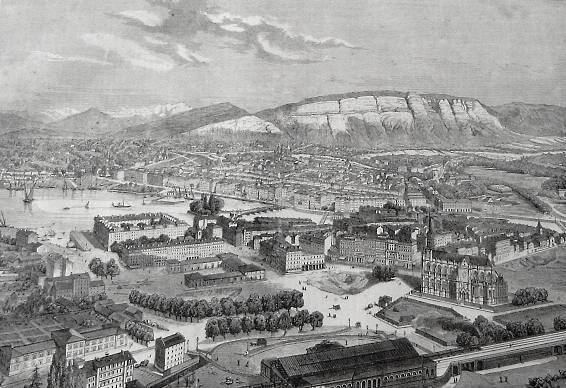
Geneva was an Allobrogian border town, fortified against the Celtic tribe Helvetii, when the Romans took it in 121 BC. It became Christian under the Late Roman Empire, and acquired its first bishop in the 5th century, having been connected to the bishopric of Vienne in the 4th. In the Middle Ages, Geneva was ruled by a count under the Holy Roman Empire until the late 14th century, when it was granted a charter giving it a high degree of self-governance. Around this time the House of Savoy came to (at least nominally) dominate the city. In the 15th century, an oligarchic republican government emerged with the creation of the Grand Council. In the first half of the 16th century, the Protestant Reformation reached the city, causing religious strife during which Savoy rule was thrown off and Geneva allied itself with the Swiss Confederacy. In 1541, with Protestantism in the ascendancy, John Calvin, the founder of Calvinism, became the spiritual leader of the city. By the 18th century, however, Geneva had come under the influence of Catholic France, which cultivated the city as its own, who tended to be at odds with the ordinary townsfolk – to the point that an abortive revolution took place in 1782. In 1798, revolutionary France under the Directory annexed Geneva. At the end of the Napoleonic Wars, on 1 June 1814, Geneva was admitted to the Swiss Confederation. In 1907, the separation of Church and State was adopted. Geneva flourished in the 19th and 20th centuries, becoming the seat of many international organizations.
Geography and climate
Geneva is located at 46°12 North, 6°09 East, at the south-western end of Lake Geneva, where the lake flows back into the Rhône River. It is surrounded by two mountain chains, the Alps and the Jura.
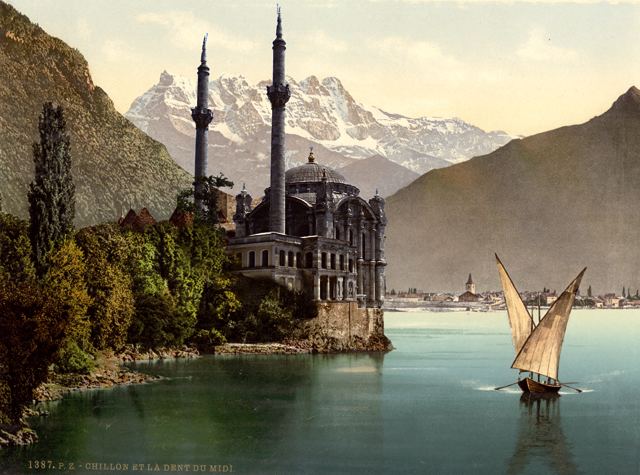
The city has an area of 15.93 km2 (6.2 sq mi), while the area of the canton is 282 km2 (108.9 sq mi), including the two small enclaves of Céligny in Vaud. The part of the lake that is attached to Geneva has an area of 38 km2 (14.7 sq mi) and is sometimes referred to as Petit lac (small lake). The canton has only a 4.5 km (2.8 mi) long border with the rest of Switzerland. Of 107.5 km (66.8 mi) of border, 103 are shared with France, the Départment de lAin to the north and the Département de la Haute-Savoie to the south.
Of the land in the city, 0.24 km2 (0.093 sq mi) or 1.5% is used for agricultural purposes, while 0.5 km2 (0.19 sq mi) or 3.1% is forested. Of the rest of the land, 14.63 km2 (5.65 sq mi) or 91.8% is settled (buildings or roads), 0.49 km2 (0.19 sq mi) or 3.1% is either rivers or lakes and 0.02 km2 (4.9 acres) or 0.1% is unproductive land.
Of the built up area, industrial buildings made up 3.4% of the area while housing and buildings made up 46.2% and transportation infrastructure 25.8%, while parks, green belts and sports fields made up 15.7%. All the forested land area is covered with heavy forests. Of the agricultural land, 0.3% is used for growing crops. Of the water in the municipality, 0.2% is in lakes and 2.9% is in rivers and streams.
The altitude of Geneva is 373.6 metres (1,225.7 ft), and corresponds to the altitude of the largest of the Pierres du Niton, two large rocks emerging from the lake which date from the last ice age. This rock was chosen by General Guillaume Henri Dufour as the reference point for surveying in Switzerland. The second main river of Geneva is the Arve River which flows into the Rhône River just west of the city centre. Mont Blanc can be seen from Geneva and is an hours drive from the city centre.
Economy
Genevas economy is mainly services oriented. The city has an important and old finance sector, which is specialised in private banking (managing assets of about 1 trillion USD) and financing of international trade.
Society and culture

The citys main newspaper is the Tribune de Genève, with a readership of about 187,000, a daily newspaper founded on 1 February 1879 by James T. Bates. Le Courrier, founded in 1868, was originally supported by the Roman Catholic Church, but has been independent since 1996. Mainly focussed on Geneva, Le Courrier is trying to expand into other cantons in Romandy. Both Le Temps (headquartered in Geneva) and Le Matin are widely read in Geneva, but cover the whole of Romandy.
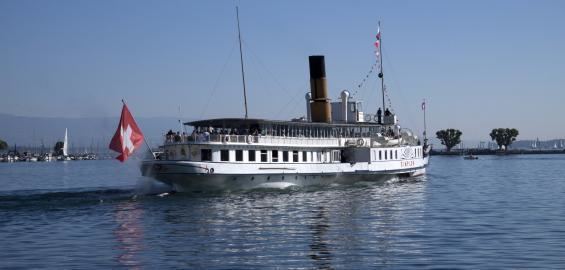
Geneva is the main media centre for French-speaking Switzerland. It is the headquarters for the numerous French language radio and television networks of the Swiss Broadcasting Corporation, known collectively as Radio Télévision Suisse. While both networks cover the whole of Romandy, special programs related to Geneva are sometimes broadcast on some of the local radio frequencies in the case of special events such as elections. Other local radio stations broadcast from the city, including YesFM (FM 91.8 MHz), Radio Cité (Non-commercial radio, FM 92.2 MHz), OneFM (FM 107.0 MHz, also broadcast in Vaud), and World Radio Switzerland (FM 88.4 MHz).
Léman Bleu is a local TV channel, founded in 1996 and distributed by cable. Due to the proximity to France, many of the French television channels are also available.
Geneva in popular culture
Music and festivals
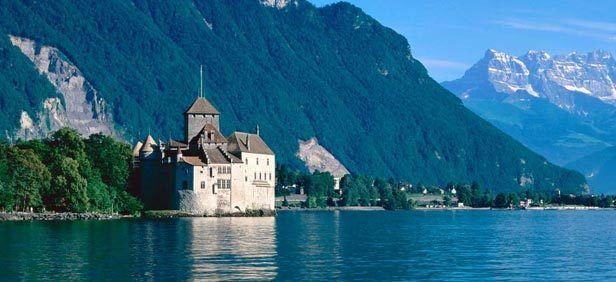
The opera house, the Grand Théâtre de Genève, which officially opened in 1876, was partly destroyed by fire in 1951 and reopened in 1962. It has the largest stage in Switzerland. It features opera and dance performances, recitals, concerts and, occasionally, theatre. The Victoria Hall is used for classical music concerts. It is home of the Orchestre de la Suisse Romande.
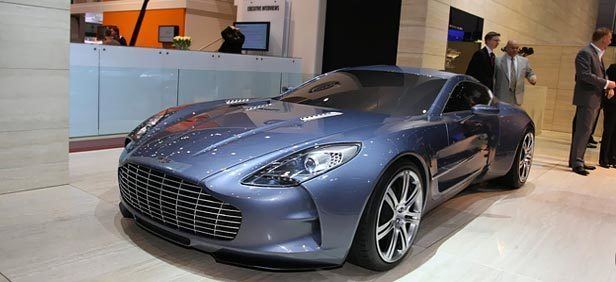
Every summer, the Fêtes de Genève (Geneva Festival) are organised in Geneva. According to the Radio télévision suisse, in 2013, hundreds of thousands of people came to Geneva to see the annual one-hour long grand firework display of the Fêtes de Genève.
Museums
Museums and art galleries are everywhere in the city. Some are related to the many international organizations as the International Red Cross and Red Crescent Museum or the Microcosm in the CERN area. The Palace of Nations, home of the United Nations headquarters, can also be visited.
